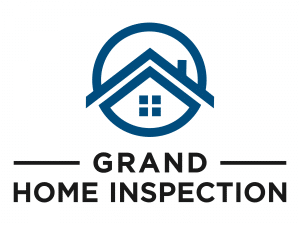Given there is no review board setting minimum standards for home inspectors, anyone with a flashlight and tape measure can call themselves a home inspector. However, new technology and tools have been developed that, when used properly, can detect problems that would go unnoticed with a simple flashlight inspection.
Hiring someone without these tools might not result in the most thorough inspection.
For comparison, consider another service industry that is similar in cost: automotive repair. When the time comes to get your car worked on you have several options. You might have a friend of a friend who’s “good with cars” working out of home garage. Their specialized tools are a basic wrench set and a disturbingly large hammer. On the other hand, you could go to a dedicated professional service center. They will have all the expert tools to properly diagnose and repair your car, including specialty tools for your make and model.
Though you will likely hire a home inspector fewer times than you do an auto mechanic, using the same distinction is key – and considering the tools these professionals use is part of that.
Home inspection technology has kept pace with the rest of the world and we now have the ability to detect defects that cannot be seen with the naked eye. In the image above you can see a roof leak as detected by an infrared thermal imager. As you can see in the visible light photo of the same area, this defect could not be seen by simply looking around. While this technology is commonly available to anybody willing to make the investment, most home inspectors are still relying on a flashlight – that’s simply not acceptable anymore given the advances in technology.
Inspectors that are unable or unwilling to make the investment in infrared thermal imaging and the education to utilize it properly could be missing roof leaks, plumbing problems, defective door/window seals, missing insulation, and several other defects that can be costly to repair.
So if infrared thermal imaging is so great, why don’t all inspectors do it? It all comes down to cost. With no licensing requirements, all you need to do is book one inspection and you can pay for your flashlight, tape measure, and even a ladder. Do a couple more and you can afford a pretty website. Why buy better equipment? After all, the inspector doesn’t have to live in your house! To invest in infrared thermal imaging you need to dedicate time and money to education and equipment that only makes sense for a full time dedicated professional who is committed to delivering superior inspections. When the time comes to hire an inspector, be sure to ask if they use infrared thermal imaging. Everybody else is just looking around.


How WDO Inspections Protect Your Property’s Value
Many homeowners don’t consider getting a wood-destroying organism (WDO) inspection unless they are selling their home. However, these are the inspections that protect your property from depreciation. The WDO inspection benefits can never be understated. These inspections provide detailed and useful insights into your property to confirm if it’s ever been under a WDO attack. […]
How Air Quality Tests Can Pinpoint Mold in Your Home
You can’t expect anything good from mold. That’s obvious. But its adverse effects come as a surprise – both on health and at home. Mold is a pollutant affecting your home and family. When it comes to health issues, it causes respiratory issues, allergies, infections and asthma attacks. Mold is also responsible for wood decays, […]
How Seasonal Pool Inspection Can Save You Money in the Long Run
Your poolside paradise needs protection! You must have imagined a summer full of poolside relaxing moments, sipping your pina colada, and having the best time ever. But, pause this rejuvenating plan for a bit and imagine what if the blessing in disguise – your pool starts experiencing some unseen issues? Which later affects its safety […]